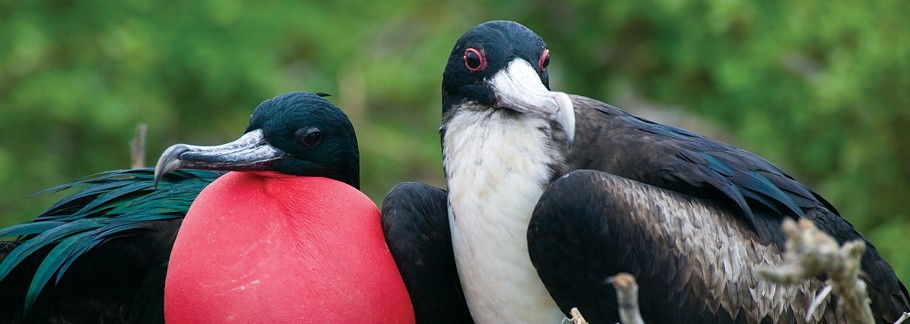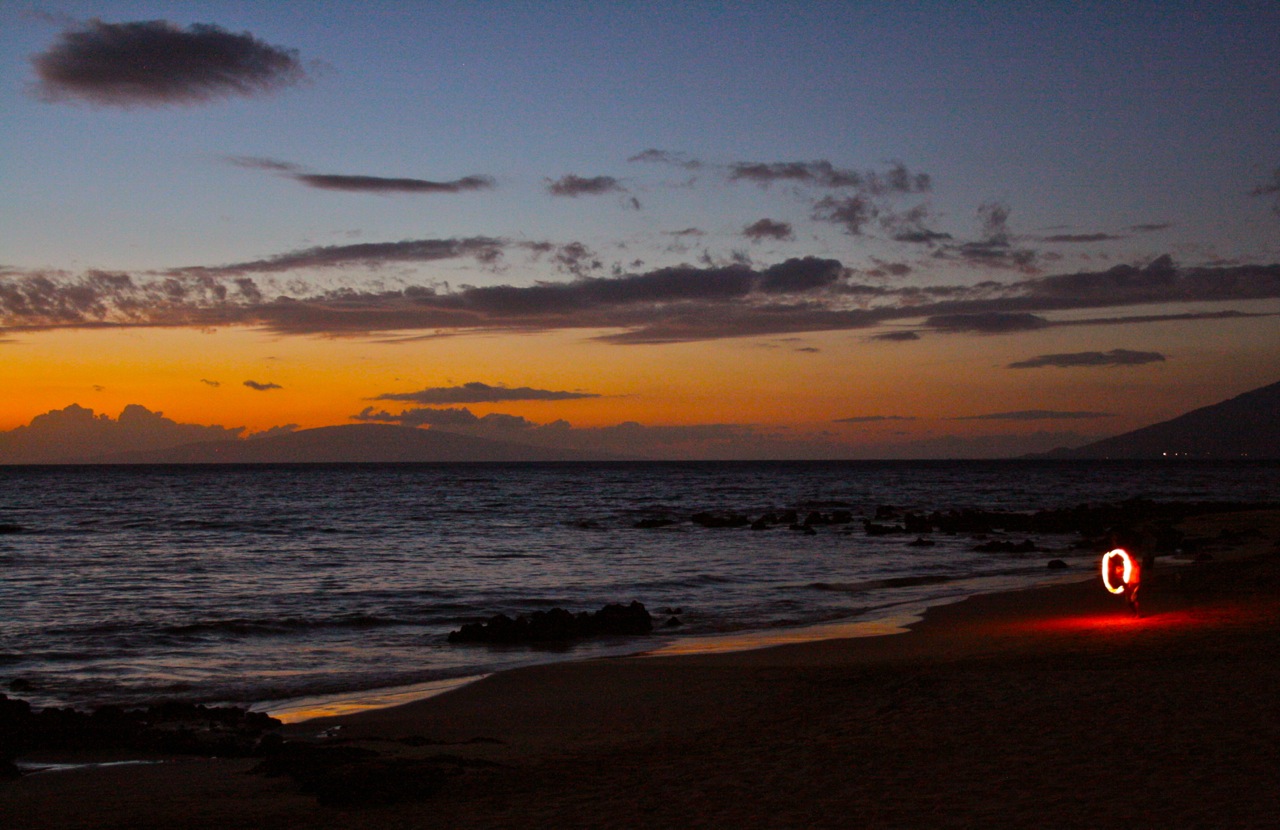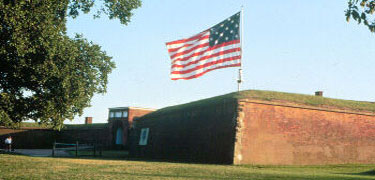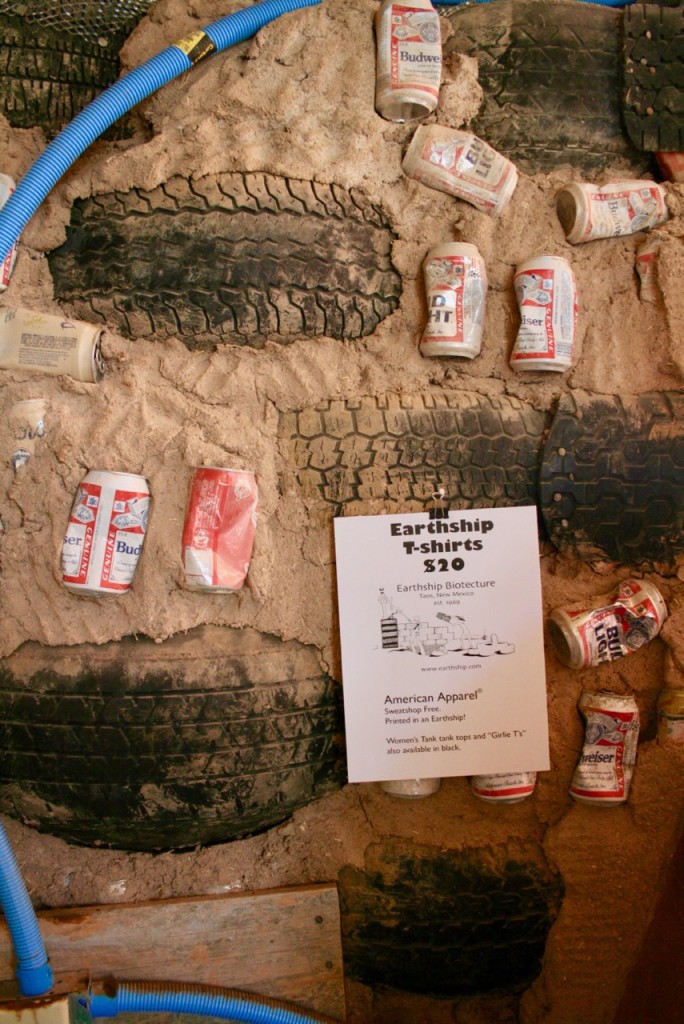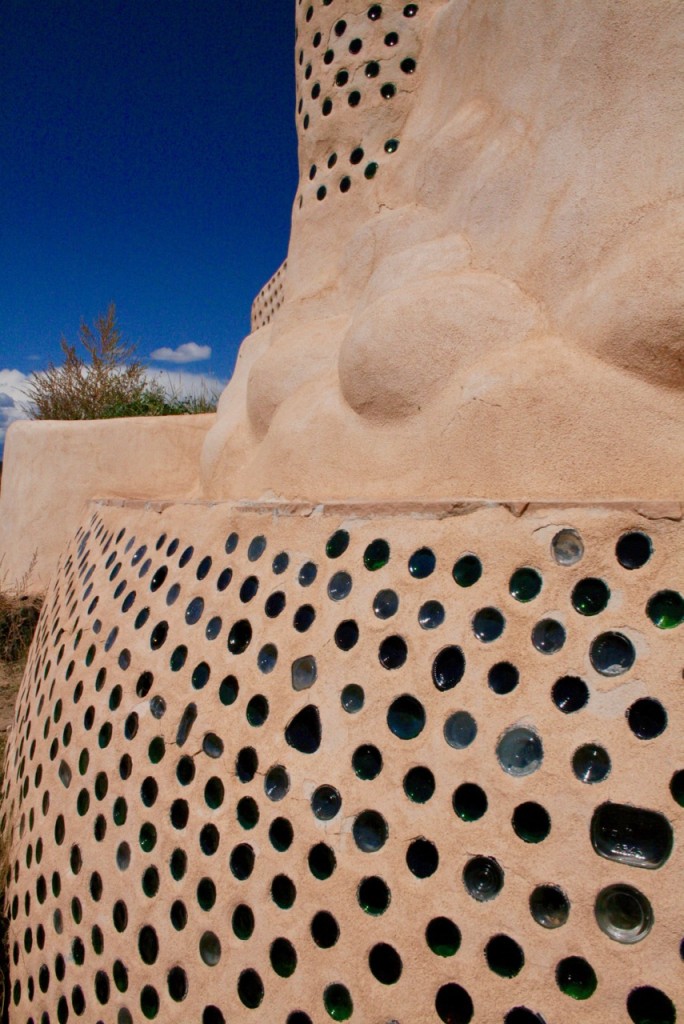Cold Weather & Warm Memories at Canada’s Lake Louise

We sat at the center window of the Lakeview Lounge at Chateau Lake Louise. Photo courtesy Fairmont Chateau Lake Louise
Originally posted in January 2015
It was a triple-treat kind of day in the Canadian Rockies. Feeling like royalty, my husband and I dined on an early lunch at the Fairmont Chateau Lake Louise’s Lakeview Lounge, where we were seated at the picture-window table overlooking one of the most beautiful views on the planet. On the other side of the glass, steep mountains plunged into iced-over Lake Louise. The pines were flocked in white; a light fell like whispers over the scene.
Iconic landscape, iconic hotel, iconic window-seat on nature’s spectacle. We drank it all in.
Though it was barely 15 degrees outside, we lapped up epic beauty while slurping spoonfuls of steaming, roasted butternut-squash soup and biting into a savory pulled-pork barbecue sandwich (me) and veggie quiche (Ken).
It was difficult to know what to focus on: tasty lunch or the view—especially for Ken, who had just returned from a brisk nordic ski through the surrounding woods. We xclaimed over the cuisine, then next marveled over the wintry wonderland outside. All the while, we could hardly believe we werestaying at the Chateau, a luxury Fairmont property located in Banff National Park.

The Fairmont Chateau perches on Lake Louise, a UNESCO World Heritage Site located within Banff National Park. Photo courtesy Fairmont Chateau Lake Louise
We ask the waitress to take our picture; she snaps one, and then the camera battery goes dead. Ken and I have only scant photographic evidence of our good fortune, but the majority of our memories from this lunch-to-remember will be preserved on our human memory cards forever.
He Skis; She Doesn’t
Our trip to the Canadian Rocky Mountains in winter is a consolation trip in replacement for a June birthday vacation that was canceled because of my urgent hip surgery. What we needed was a wintertime getaway that allowed Ken to ski while I enjoyed the scenery from a non-slippery vantage point. We couldn’t have chosen a better locale than Lake Louise: for sunrise-to-sunset views of this UNESCO World Heritage Site, there’s no better place to stay than the historic Fairmont Chateau Lake Louise.
(We chose to stay in a less-pricey forest-view room. Although our bedroom window didn’t overlook the lake, we watched the sun set on the snow-covered peaks and the full moon rise behind them without leaving the comfort of our well-appointed accommodations. The room was small, but well laid out so that we weren’t tripping over each other. And having a tea kettle and coffeemaker was convenient too.)
In the hotel’s posh indoors, we rubbed elbows with well-heeled folks on ski holiday, attendees of a spectrometry conference, and Olympic skiers (our trip coincided with the 2014 Women’s World Cup). The Fairmont Chateau was the perfect place to sigh over nature’s grandeur without donning thermal underwear and a parka.

The Walliser Stube restaurant at the Chateau also has a divine view of Lake Louise. Photo courtesy Fairmont Chateau Lake Louise
I did venture outside with Ken on the Lake Louise trail, which had been plowed and packed down for easier walking. Thanks to ice-traction devices called Stabl-Icers (strap-on cleats for boots) and a couple of hiking poles, I strolled around part of the lake without fear of falling.
The rest of our two-night stay, I swam in the indoor pool and soaked in the warm whirlpool—and was overjoyed to spend a couple of idle hours (how often does that happen?) sipping hot tea in the Lakeview Lounge. I gazed out at icy Victoria Glacier spilling into the frozen lake and hummed along to classy 1940s and ’50s-era tunes piped through the sound system—and felt deeply content.
When Margaret Whiting crooned “If it’s a crime, then I’m guilty… guilty of dreaming of you,” I knew that was the theme song of our stay here. I’ll never hear that song without thinking of our dreamy vacation in the snow at Lake Louise.
Green, Even in Winter
Fairmont Hotels & Resorts embraces environmentally sustainable business and operations practices and takes proactive steps to reduce carbon output and help mitigate the effects of global warming by:
- conserving water by installating low-flow showerheads, low-flush toilets, and tap aerators. All properties participate in sheet and towel exchange programs to reduce frequency of laundering guest linens.
- using alternative energy. Fifty percent of the Fairmont Chateau Lake Louise’s electricity is provided by a blend of wind and run-of-river electricity generation.
- minimizing waste produced and diverting waste from landfills through recycling
- sourcing local organic produce and focusing on farm-to-table cuisine in its restaurants
- supporting sustainable seafood by purchasing only non-endangered fish species harvested in ways that limit damage to marine or aquatic habitats.
- valuing the natural and cultural heritage of its properties
- building local partnerships in the communities where it does business
—Laurel Kallenbach, freelance writer and editor
Original post: January 10, 2015
Read more about my travels in the Banff/Lake Louise area:



















